✓ Accommodations✓ Flights✓ Rental Cars✓ Tours & Activities ✓ Tours & Activities
You’re about to discover the rich linguistic tapestry of Ohio, a state with a diverse population that reflects its immigration history. With approximately 11.76 million residents, Ohio has a unique language landscape.
While English is the predominant language, around 7.3 percent of residents aged five and older speak a non-English language at home. This linguistic diversity shapes Ohio’s cultural identity and influences communities across the state.
As you explore the languages spoken in Ohio, you’ll gain insights into the demographic breakdown of language speakers and understand why knowing about language diversity matters for businesses, healthcare providers, and government agencies.
The Language Landscape of Ohio
As you explore Ohio’s language landscape, you’ll discover a rich tapestry of languages. Ohio’s linguistic diversity is shaped by its history, geography, and cultural heritage.
Current Language Demographics
Ohio’s population is diverse, with around 7.3% of residents aged five and older – approximately 858,192 people – speaking a non-English language at home. This diversity is a result of both historical immigration patterns and recent population shifts, creating a dynamic linguistic landscape.

English Usage in Ohio
While English is the dominant language in Ohio, used in business, education, and government, around 2.34% of the population – approximately 275,092 residents – have limited English proficiency (LEP). Despite the absence of an official language designation, English remains the primary language for communication across the state.
You’ll find that language usage varies across different regions of Ohio, with urban centers typically showing greater linguistic diversity than rural areas. This variation presents both challenges and opportunities for communication and cultural exchange.
Ohio’s Immigration History and Linguistic Diversity
As you explore Ohio’s history, you’ll discover how immigration has played a crucial role in shaping the state’s languages. The state’s diverse linguistic landscape is a reflection of the various immigrant communities that have settled there over the years.
Early European Settlement (1788-1900)
Settlement by Europeans largely began in Ohio in the latter part of the 18th century. The first official settlement was established in 1788 by a company of New Englanders. Other military members, Pennsylvania Germans, and groups of Swiss and Scotch-Irish immigrants also created settlements throughout the area. By the start of the 19th century, Welsh immigrants were drawn to the region due to its mineral resources.
The early European settlers brought their languages and cultural traditions to the Ohio territory, laying the foundation for the state’s linguistic diversity. English communities developed, and other languages were introduced, contributing to the state’s multilingual character.

20th Century Immigration Patterns
At the start of the 20th century, there was a significant influx of immigrants from Hungary, Italy, Poland, and Russia. The Chinese, Greek, Japanese, Mexican, Portuguese, and Turkish populations also grew during this period. In the latter part of the 20th century, there was a notable increase in Hispanic and Asian immigrants, further diversifying the state’s linguistic landscape.
| Immigrant Group | Time Period | Notable Contributions |
|---|---|---|
| New Englanders | 1788 | First official settlement |
| Welsh Immigrants | Early 19th century | Drawn by mineral resources |
| Hungarians, Italians, Poles, Russians | Early 20th century | Significant immigration wave |
| Hispanic and Asian Immigrants | Late 20th century | Further diversification of linguistic landscape |
Each wave of immigration has contributed to Ohio’s current multilingual character and cultural richness, making it a unique and diverse state in the United States.
Official and widely spoken languages in Ohio, United States
Understanding the language situation in Ohio requires examining both the official language status and the languages spoken by its residents.
Official Language Status
Ohio has not designated an official language, despite English being the most widely used language in the state. This situation is noteworthy because it contrasts with some other states in the United States that have formally adopted English or other languages as their official language. The lack of an official language designation in Ohio reflects the state’s diverse linguistic landscape, where many languages are spoken by its residents.
The absence of an official language does not mean there are no rules governing language access. In fact, federal civil rights laws mandate that businesses and agencies receiving federal funding provide access to services for individuals with Limited English Proficiency (LEP). This includes providing interpreters and translated documents to ensure that LEP individuals have equal access to government services, healthcare, education, and other essential services.
Limited English Proficiency in Ohio
Approximately 2.34% of Ohio’s population, or around 275,092 residents, have Limited English Proficiency. To address the challenges faced by these individuals, hospitals and healthcare providers in Ohio are required to translate vital documents into the 15 most common languages spoken in their service areas. This requirement is part of a broader effort to ensure that all residents have access to necessary services, regardless of their language proficiency.
The following table illustrates the importance of language access in Ohio:
| Category | Description | Impact |
|---|---|---|
| Limited English Proficiency (LEP) | Approximately 2.34% of Ohio’s population | 275,092 residents |
| Language Access Requirements | Translation of vital documents into 15 most common languages | Enhanced access to healthcare and government services |

Top 10 Non-English Languages Spoken in Ohio
As you explore the linguistic landscape of Ohio, you’ll discover a multitude of languages spoken across the state. Ohio’s population is characterized by its linguistic diversity, with various non-English languages being spoken by its residents. This diversity is a reflection of the state’s cultural richness and its history of immigration.
Spanish
Spanish is the most common non-English language spoken in Ohio, with around 252,994 residents speaking it. This represents about 2.30% of the state’s population. The prevalence of Spanish is a testament to the significant Hispanic community in Ohio.
Yiddish, Pennsylvania Dutch, and Other West Germanic Languages
Yiddish, Pennsylvania Dutch, and other West Germanic languages are spoken by around 53,608 Ohioans, making up approximately 0.49% of the population. These languages reflect the state’s historical ties to European communities.
Chinese (Including Cantonese and Mandarin)
The Chinese language, including both Cantonese and Mandarin, is spoken by approximately 47,588 residents, representing about 0.43% of Ohio’s population. This highlights the growing Chinese community in the state.

Arabic
Arabic is spoken by around 44,730 Ohio residents, making up nearly 0.41% of the population. This reflects the significant presence of Arabic-speaking communities in the state.
German
German is spoken by approximately 43,517 residents, representing about 0.40% of Ohio’s population. This is a reflection of the state’s strong German heritage and historical ties.
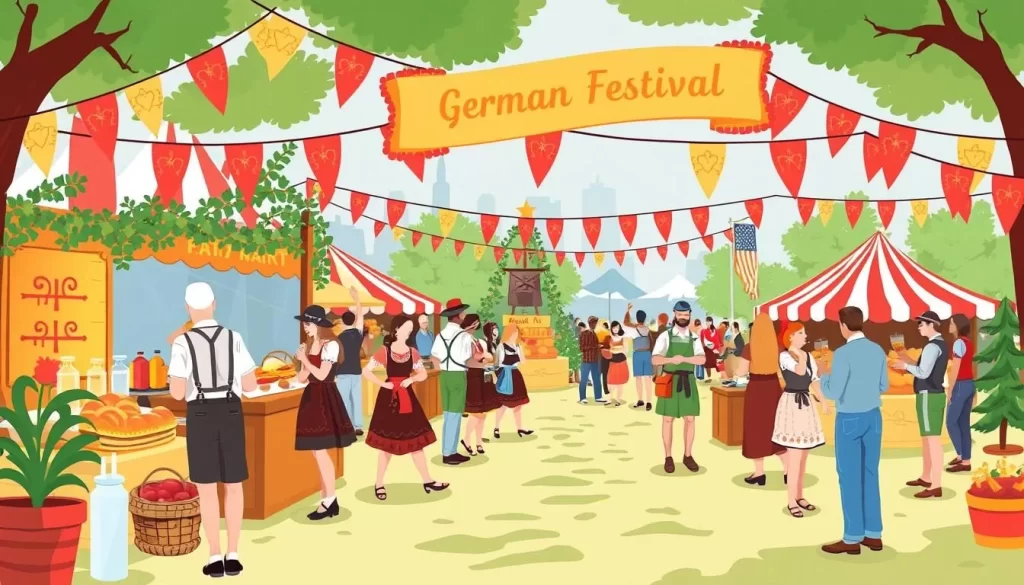
Nepali, Marathi, and Other Indic Languages
Nepali, Marathi, and other Indic languages are spoken by around 27,916 Ohioans, making up about 0.25% of the population. This highlights the growing presence of South Asian communities in the state.
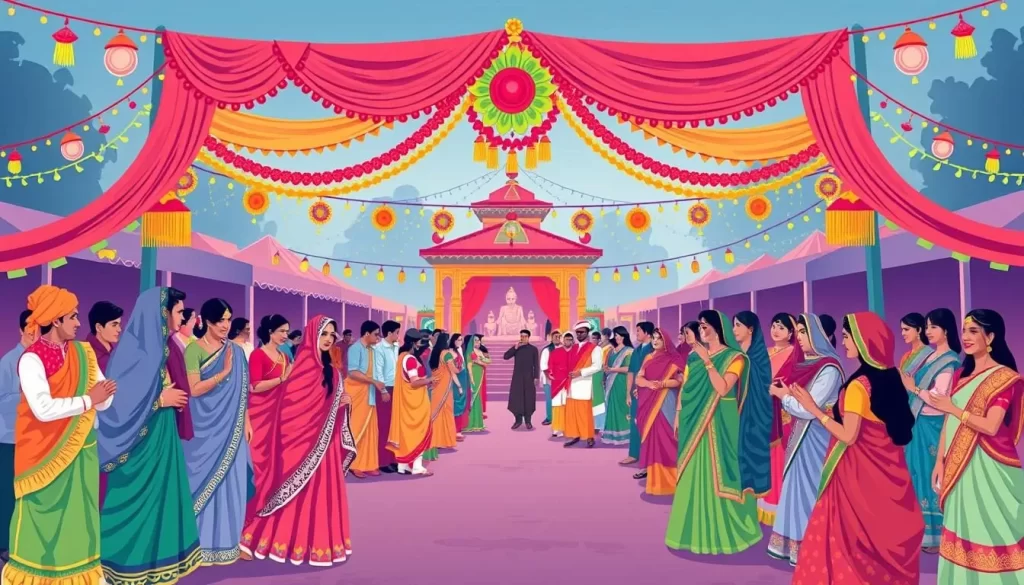
French (Including Cajun)
French, including Cajun, is spoken by approximately 26,457 residents, representing about 0.24% of Ohio’s population. This reflects the historical and cultural ties to French-speaking communities.
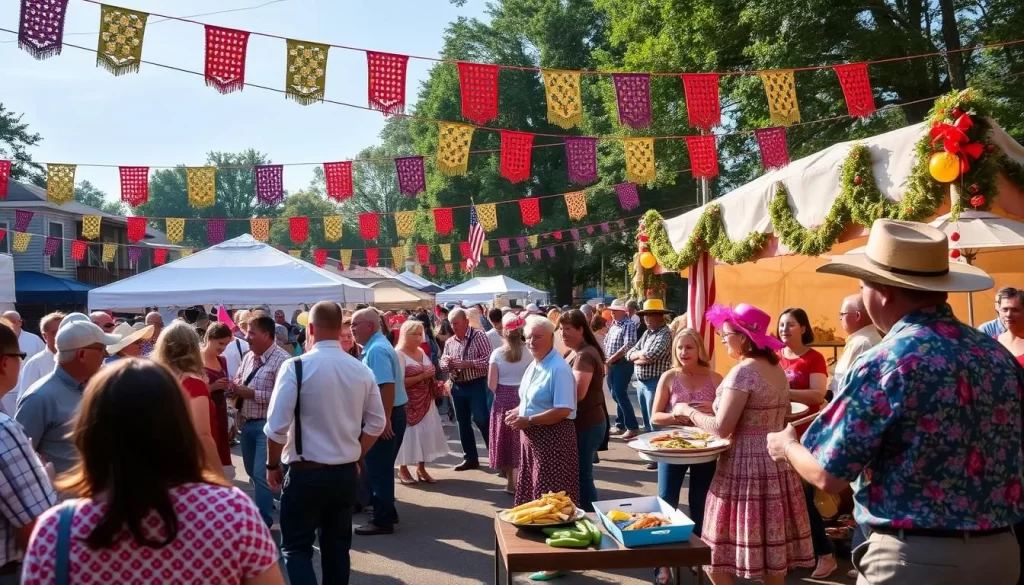
Amharic, Somali, and Other Afro-Asiatic Languages
Amharic, Somali, and other Afro-Asiatic languages are spoken by around 25,300 Ohio residents, making up about 0.23% of the population. This highlights the diversity of African languages spoken in the state.
Learn More
Yoruba, Twi, Igbo, and Other Languages of Western Africa
Yoruba, Twi, Igbo, and other Western African languages are spoken by approximately 22,306 residents, representing about 0.20% of Ohio’s population. This reflects the presence of diverse West African communities in the state.
Hindi
Hindi is spoken by around 19,966 Ohio residents, making up about 0.18% of the population. This is a reflection of the significant Indian community in the state.
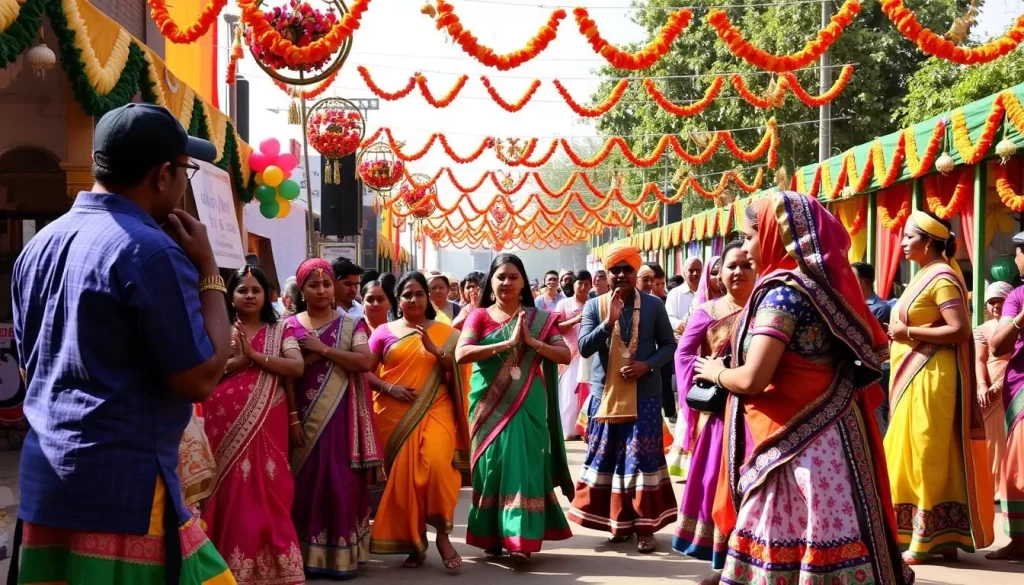
Learn More
These languages not only reflect the cultural diversity of Ohio but also contribute to the state’s rich linguistic landscape. Understanding the languages spoken in Ohio can provide insights into the state’s communities and their cultural practices.
Impact of Language Diversity on Ohio’s Communities
Language diversity in Ohio has a significant impact on the state’s communities, influencing various aspects of life. As you navigate the complexities of this diverse landscape, it’s essential to understand the role that language plays in shaping the state’s cultural and economic fabric.
With a multitude of languages spoken in the state, Ohio’s communities face both challenges and opportunities. Companies that operate in this environment must adapt to meet the needs of their diverse customer base.
Business and Economic Implications
The linguistic diversity in Ohio has significant business and economic implications. Companies that invest in translation and interpretation services can gain a competitive edge by reaching diverse market segments across the state. By addressing language barriers, businesses can open new markets, improve customer satisfaction, and enhance their overall experience.
- Enhance customer engagement through multilingual services
- Expand your market reach by catering to diverse linguistic groups
- Improve healthcare outcomes by providing language-accessible services
Cultural Enrichment
Language diversity also enriches Ohio’s communities through cultural festivals, cuisine, arts, and traditions. The presence of various languages contributes to the vibrancy of the state’s cultural scene, making it more attractive to residents and visitors alike. As you experience the diverse cultural landscape, you’ll discover the value of language in shaping the community’s identity.
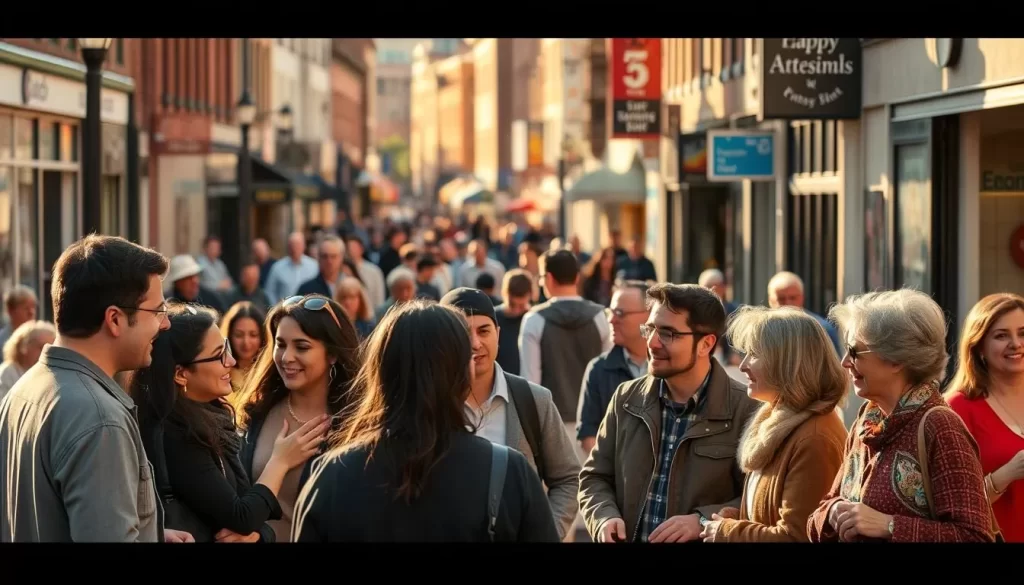
Conclusion
Embracing linguistic diversity is essential for creating inclusive environments in Ohio’s communities. You’ve gained a comprehensive understanding of Ohio’s rich linguistic landscape and the diverse communities that call the state home today. Translation and interpretation services are not just conveniences, but necessities in today’s interconnected market. By understanding the language needs of Ohio’s diverse populations, businesses and healthcare providers can better serve their customers and patients, fostering a more inclusive environment.
As you move forward, you’ll appreciate how Ohio’s language landscape continues to evolve, and the importance of language access in healthcare, government, and business settings.
The above is subject to change.
Check back often to TRAVEL.COM for the latest travel tips and deals.






